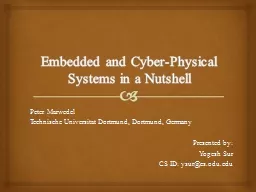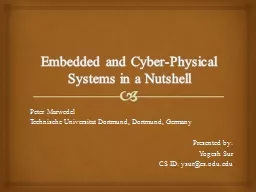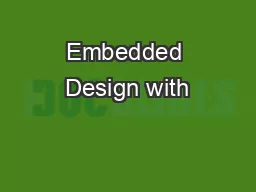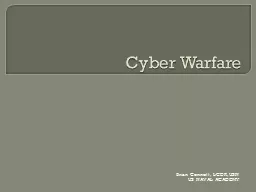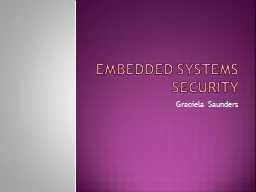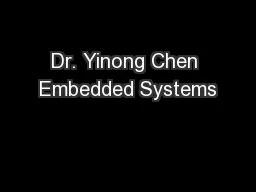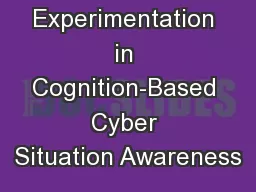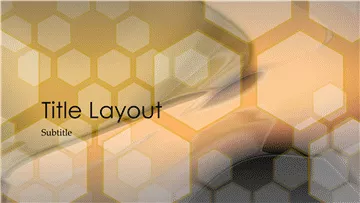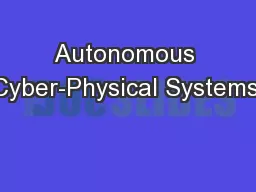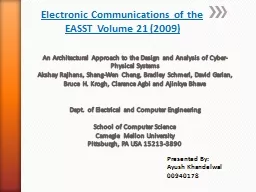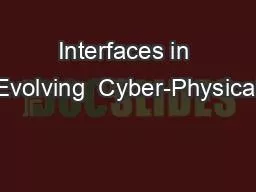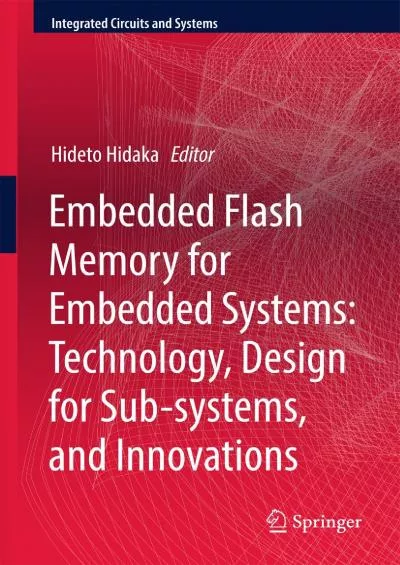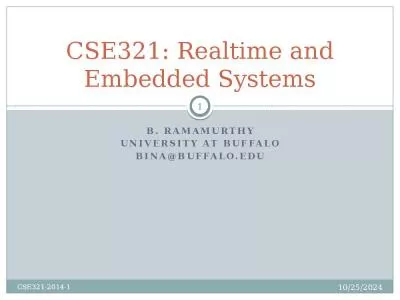PPT-Embedded and Cyber-Physical Systems in a Nutshell
Author : marina-yarberry | Published Date : 2018-11-21
Peter Marwedel Technische Universitat Dortmund Dortmund Germany Presented by Yogesh Sur CS ID ysurcsoduedu Prof Dr Peter Marwedel Head of Design Automation
Presentation Embed Code
Download Presentation
Download Presentation The PPT/PDF document "Embedded and Cyber-Physical Systems in a..." is the property of its rightful owner. Permission is granted to download and print the materials on this website for personal, non-commercial use only, and to display it on your personal computer provided you do not modify the materials and that you retain all copyright notices contained in the materials. By downloading content from our website, you accept the terms of this agreement.
Embedded and Cyber-Physical Systems in a Nutshell: Transcript
Download Rules Of Document
"Embedded and Cyber-Physical Systems in a Nutshell"The content belongs to its owner. You may download and print it for personal use, without modification, and keep all copyright notices. By downloading, you agree to these terms.
Related Documents

